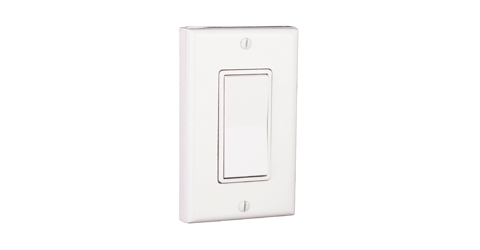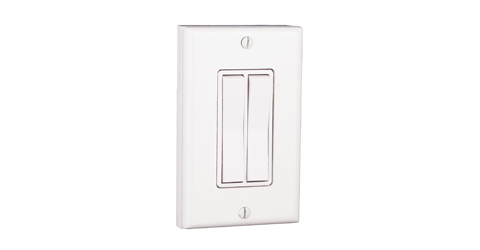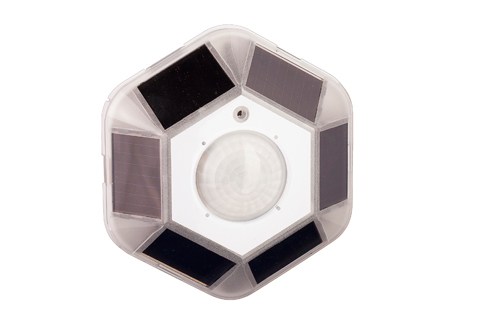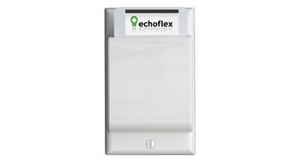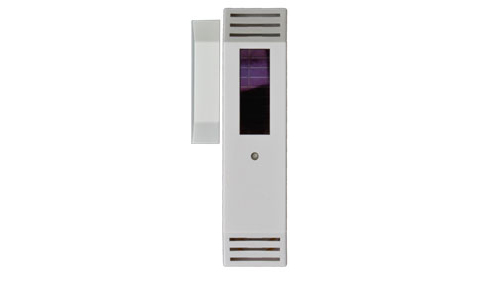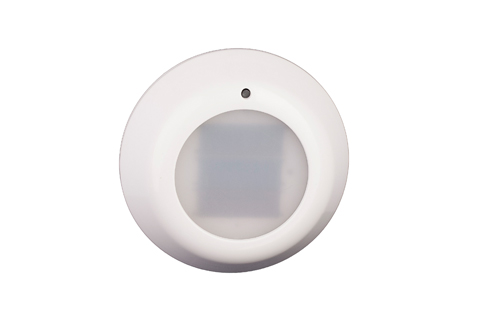Needs-Based Lighting
Needs-Based Lighting

Up to, one third of power to a building is used for lighting. The deployment of user configured wireless controls and automated sensors can provide considerable energy savings. Echoflex creates smart spaces, intelligent spaces that determine when lights should be off, spaces that know when there is enough ambient light to dim the artificial light, and space that provides user interfaces to maximize and enable greater occupant comfort.
Echoflex lighting control products provide the flexibility to implement control schemes that vary from manual systems requiring tenant inputs to totally passive systems requiring no input by the user Additionally, the Echoflex distributed control model can be scaled up to the centralized building management system by way of gateways and interfaces using today’s most common building management protocols.
Why use Echoflex’ solutions;
- Wireless - less cables. reduced installation costs
- Battery free – no ongoing maintenance burdens and disposal/recycling issues
- Distributed – rooms think for themselves with easy commissioning and set point adjustments
- Scalable – this distributed intelligence system can scale up to a central system very easily
Get the savings with a quick distributed intelligence system!
Switching
Personal Switch Control
Adding a switch is very easy. Each Echoflex controller will learn a switch right off the shelf quickly and easily. Install the controller per the installation instructions, power up the circuit, grab a switch, push it 3x on, 3x off, 3x on and you are done .the switch is now paired to the controller and you have switch control.
Timed Switching
Echoflex controllers default to performing just on and off, however, if they only know a switch then they can also be a timed switch. Time outs can be set to 5, 15, 30, 60 minutes (see installation guides) - so hit the switch on and XX minutes later it goes off. Two unique features are that the time will increment with the number of pushes on you do. Firstly, if the timer is set to 30 minutes, one push = 30 minutes, two pushes = 60 minutes and so on, the device will increment the time through 5 pushes and secondly one minute before the light is to shut off the device will perform a flick warn, giving the occupant a chance to push the switch to re-start the timer.
Three Way Dimming
Add a second, third or fourth switch (up to 20 to an individual controller) and create 3, 4 or more way switching in literally seconds. Use the learn buttons or smartclick to add further switches - simple installation to the wall, furniture, glass, concrete.
Three Way Switching
Select the Echoflex ERDRC DCC controller with 0-10V dimming at 120, 277 or 347V and a push and hold on will dim up and a push and hold off will dim down. A quick push and release turns the load on or off. Add a second, third or fourth switch (up to 20) and create multi way dimming in seconds with peel and stick switches.
Create Master Switching Control
Have a series of offices, each with their own controller? Learn a switch to each of the controllers and enable a master all off switch. The decorator style switch can be modified quickly so that the master switch only turns loads off and never turns them all on.
Create Pathway Lighting
Learn a switch to specific controllers and create a pathway - very fast and very easy.
Occupancy
Auto on - Auto off Sensor Only
Echoflex controllers, if they only know an occupancy sensor, will default to auto on - auto off, with a 15 minute time out. Optional timeouts are programmable using various user interfaces including Smartclick, Simpletap, and a USB access (see installation instructions). Time outs options are 5, 10, 20 and 25 minutes with the flexibility in the firmware designs to give longer project specific delays.
Manual on - auto off switch and sensor
Echoflex controllers, if they know a switch and occupancy sensor, will default to manual on - auto off, with a 15 minute time out. Optional timeouts are programmable as above. Multiple switches or sensors can be added via the various learn in options.
Multi way switching and occupancy detection from multiple locations gives great flexibility and sensing areacoverage.
Key Card Switch Occupancy
The key card switch is largely applicable to the hospitality industry but it has other applications as well. Insert the card after entering the room, the lighting becomes active and the temperature control returns to normal operation from a setback mode. Remove the card, and after a variable egress time out has counted down, the lighting will shut down and temperature will set back.
Front door switch and occupancy sensor
A more passive system for occupancy detection for both the hotel or dorm rooms is to lock in occupancy based on door movement. If the front door moves, the controller it is informed via a transmission from a magnet contact switch. The controller then looks for occupancy. Iif occupancy is detected, then controller will keep the circuit energized until the door moves again.at which point the process starts over.
Photo sensing
Stepped Daylight Harvesting
Using the TAP 17C photo sensor, controllers can be programmed to turn off when the area they are controlling has enough natural light that the artificial lights can be turned off. Atrium and perimeter windows of a commercial office space, great rooms in homes, and industrial warehouses with large natural light availability can all be controlled using this sensor.
Zones of lighting can be shut down incrementally as natural light level to the space increases and then returned to operation as the natural light diminishes. Dual ballast fixtures for bi-level switching can create great energy savings using this device coupled with a smart relay controller.
Dimming Daylight Harvesting
The greatest savings come from dimming fixtures and this simply requires a dimming controller. Echoflex has created a controller with a 0-10V output signal to control these types of fixtures. Smooth ramping or dimming changes in light level create great energy savings to a space without compromising tenant comfort.

